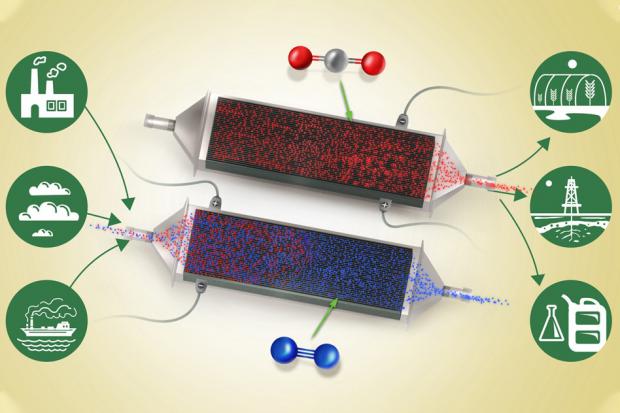
Breaking News
 Russiagate Opens the Door to Covid
Russiagate Opens the Door to Covid
 BrightLearn - RFK Jr.'s Impact on American Health Policy, an interview with Del Bigtree
BrightLearn - RFK Jr.'s Impact on American Health Policy, an interview with Del Bigtree
 Eric And Donald Trump Jr. To Help Launch New U.S. Manufacturing SPAC
Eric And Donald Trump Jr. To Help Launch New U.S. Manufacturing SPAC
Top Tech News
 'Robot skin' beats human reflexes, transforms grip with fabric-powered touch
'Robot skin' beats human reflexes, transforms grip with fabric-powered touch
 World's first nuclear fusion plant being built in US to power Microsoft data centers
World's first nuclear fusion plant being built in US to power Microsoft data centers
 The mitochondria are more than just the "powerhouse of the cell" – they initiate immune...
The mitochondria are more than just the "powerhouse of the cell" – they initiate immune...
 Historic Aviation Engine Advance to Unlock Hypersonic Mach 10 Planes
Historic Aviation Engine Advance to Unlock Hypersonic Mach 10 Planes
 OpenAI CEO Sam Altman Pitches Eyeball-Scanning World ID to Bankers
OpenAI CEO Sam Altman Pitches Eyeball-Scanning World ID to Bankers
 New 3D-printed titanium alloy is stronger and cheaper than ever before
New 3D-printed titanium alloy is stronger and cheaper than ever before
 What is Unitree's new $6,000 humanoid robot good for?
What is Unitree's new $6,000 humanoid robot good for?
 "No CGI, No AI, Pure Engineering": Watch Raw Footage Of 'Star Wars'-Style Speeder
"No CGI, No AI, Pure Engineering": Watch Raw Footage Of 'Star Wars'-Style Speeder
 NASA's X-59 'quiet' supersonic jet rolls out for its 1st test drive (video)
NASA's X-59 'quiet' supersonic jet rolls out for its 1st test drive (video)
 Hypersonic SABRE engine reignited in Invictus Mach 5 spaceplane
Hypersonic SABRE engine reignited in Invictus Mach 5 spaceplane
The biggest battery breakthroughs of 2019

This year offered a little something for everybody with an interest in this area of science, bringing us tech that could charge electric vehicles in 10 minutes, batteries that suck carbon dioxide out of the air and news that the world's biggest battery is set to get even bigger. Here are the most significant battery breakthroughs of 2019.
Ideally, the lithium-ion batteries that power our mobile devices and today's electric vehicles stay within a certain temperature range when charging, otherwise they run the risk of degrading and suffering a far shorter lifespan. But there is plenty to be gained by charging them at higher temperatures if we can do so safely, namely a greater efficiency and therefore potentially far shorter plug-in times.
In October, a team of Penn State University researchers demonstrated a new kind of battery built to take the heat. Charging a battery at around 60° C (140° F) would normally be considered "forbidden," by scientists, but the researchers' device hits these temperatures in just 10 minutes and then rapidly cools before the deleterious effects can take hold.

 Dead? Or Just 'Mostly' Dead?
Dead? Or Just 'Mostly' Dead?

